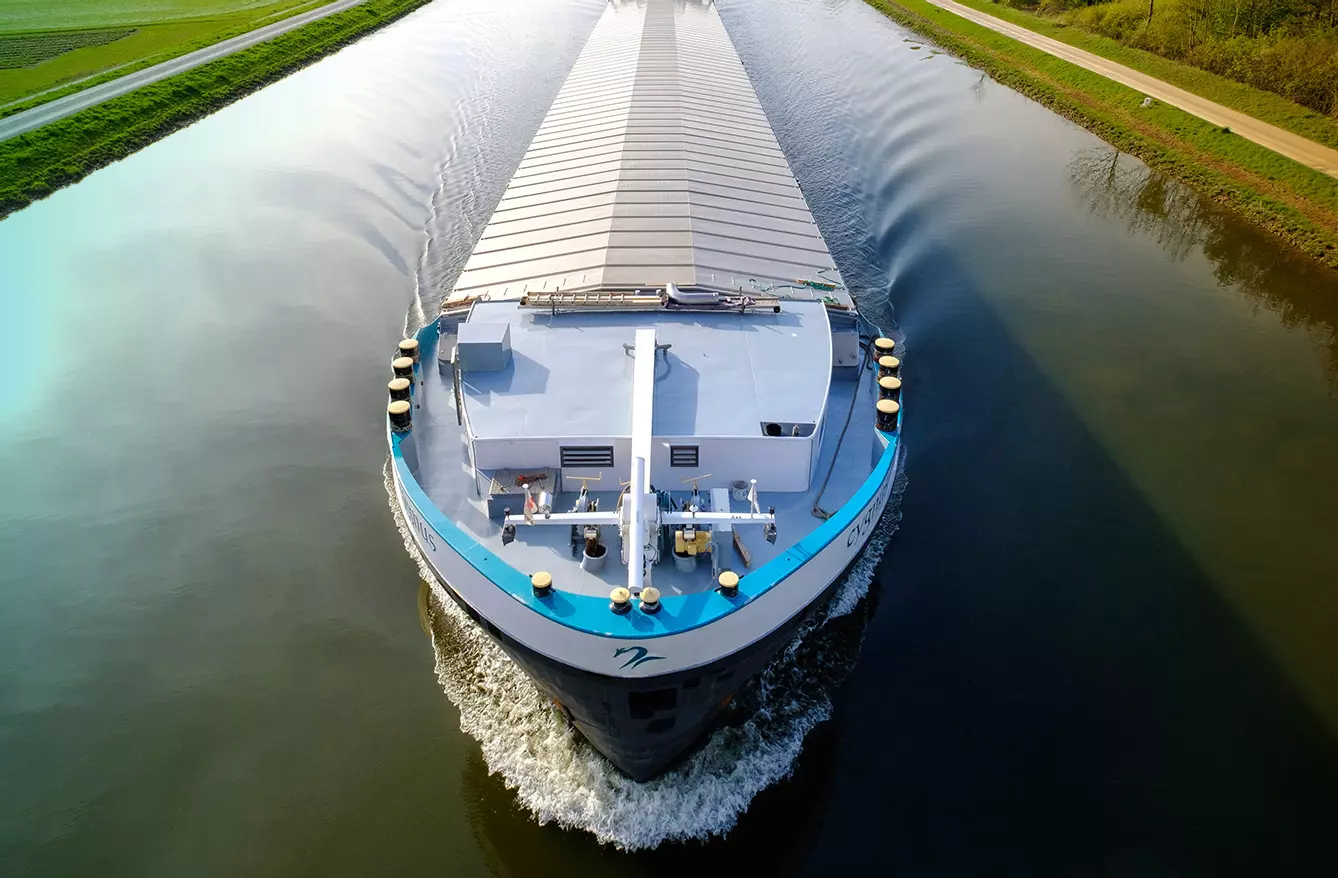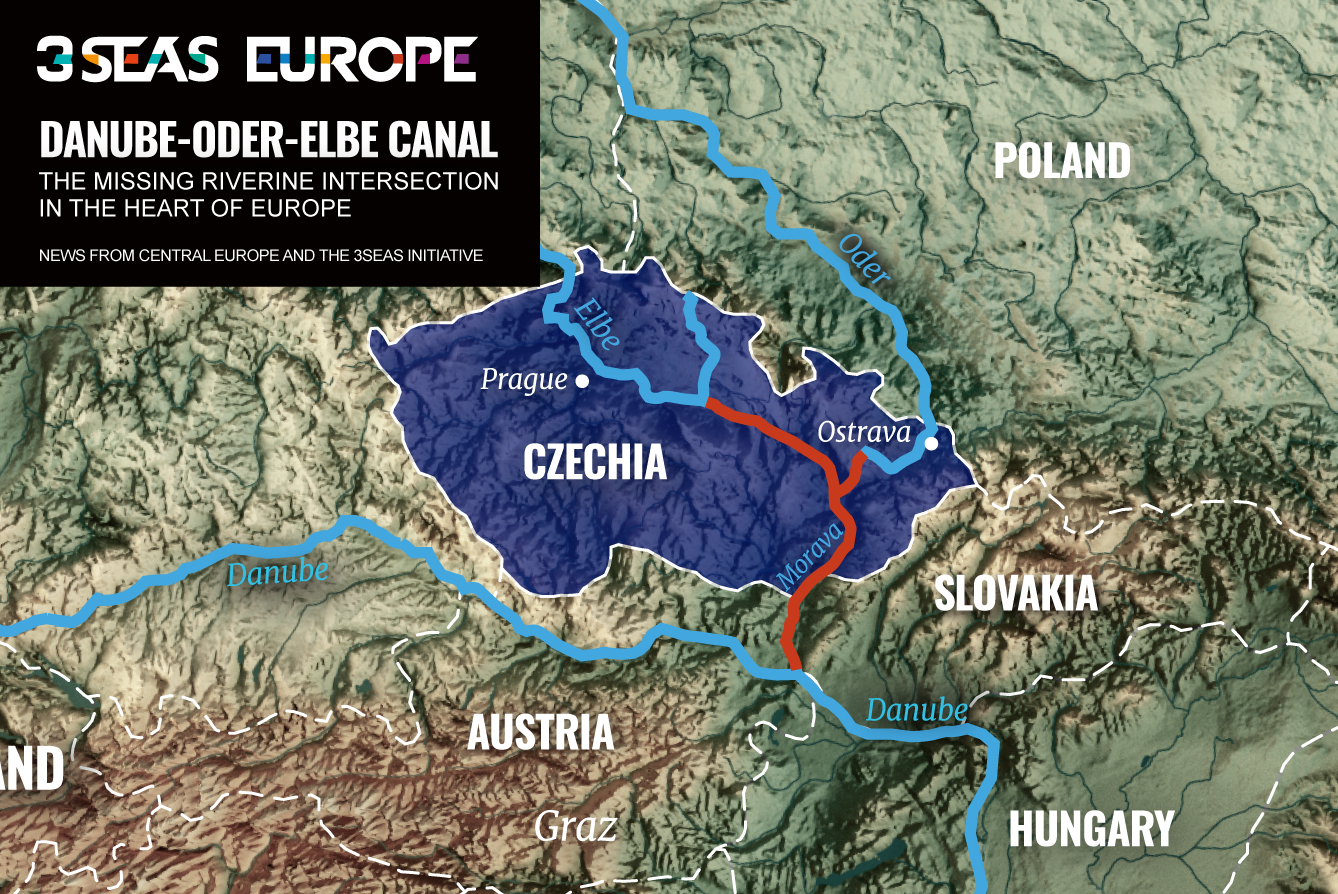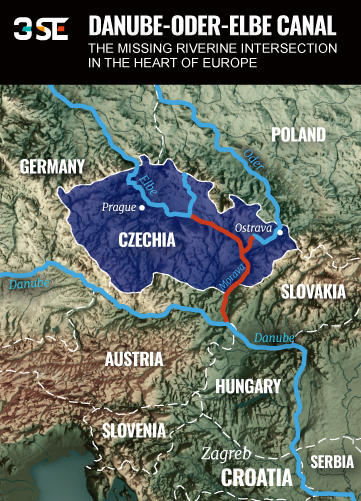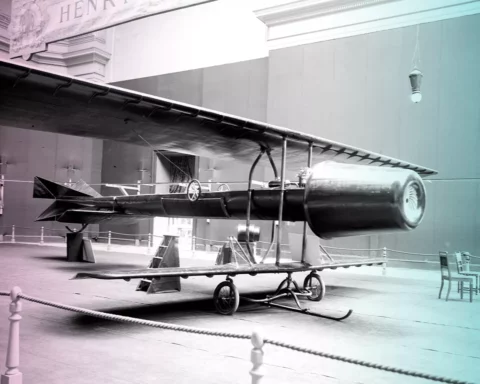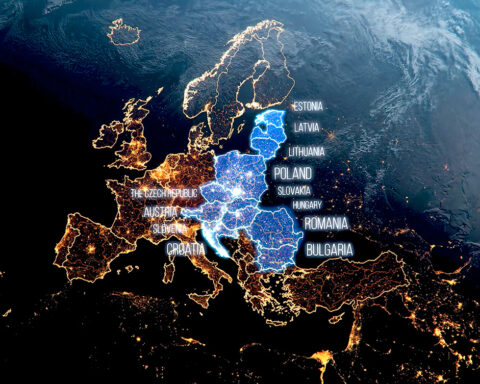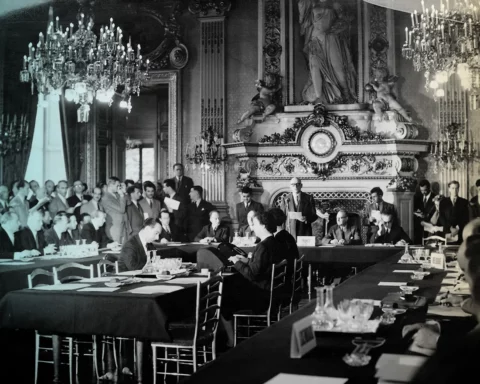Czechia holds the key to a waterway of European importance. The Czech Republic is said to be the heart of Europe. And this saying is more than true. It is the heart from which two of Europe’s three most essential arteries emanate. These arteries are the Oder and the Elbe.
A few hundred kilometers of water canals could turn Czechia into a state through which a large part of European trade could flow uninterrupted. Why not take this opportunity when nature itself offers the connection? Unfortunately, many ordinary people and green activists are wholeheartedly against it.
Building a better connection
The Danube-Oder-Sea Canal project is a unique project which aims to connect three seas: the Black Sea, the Baltic Sea, and the North Sea. It would directly connect the landlocked Czech Republic with three major European ports. German Hamburg on the Elbe, Polish Szczecin on the Oder, and Romanian Braila on the Danube.
To fully understand the importance of this transnational European project, it is essential to remember that the Czech Republic is the only country among the 27 EU Member States that is not connected to the sea either directly or by a quality waterway. Suppose we supplement the abovementioned with information that 40-60% of the price of each good is the cost of transport. In that case, we can conclude that the Czech Republic is increasingly sinking into economic isolation within the EU.
A total of three phases make up the project. If the construction started now, the final phase would be completed in 2040. What could be the cost of the investment? Before the current crisis began, the entire cost was estimated at €24.4 billion. If you think that the primary project of the Danube-Oder-Elbe canal is ambitious, wait until you hear about its original design, drafted in the second half of the last century.
The initial project assumed further interconnection of European rivers. The project’s second phase was to connect the Oder and Vistula rivers at the Czech-Polish border. In this phase, the connection of the Czech Republic with the Polish city of Gdańsk would take place. Phase three was then to bring about the connection of the Rhine River with the Danube. This link would take the boats from the Czech Republic through Germany to the Netherlands, Belgium, and France.
Room for hope
Unfortunately, only phase three of the whole waterway project was executed, and as a result, you can find the Rhine–Main–Danube Canal on the European map. Phases one and two of the European Waterway System are still missing. But don’t lose hope just yet. Even today, many voices call for the Danube-Oder-Elbe Canal’s execution, including Czech President Milos Zeman, the most vocal proponent of the project. In opposition to him stands a large coalition of forces. They range from ordinary people living in surrounding areas of the rivers through ecology groups to economists who argue that the canal is obsolete, and the costs outweigh the benefits.
Although the canal’s creation is nowhere in sight, the project remains in the hopes of many Czech hearts to achieve European economic prominence. And who knows, maybe the long-forgotten dream will come true in today’s challenging economic and political times. The Danube-Oder-Elbe canal project would make the Three Seas Initiative nations a strategic partner for Western Europe’s economically more powerful states. But it would have to overcome strong domestic opposition first.


